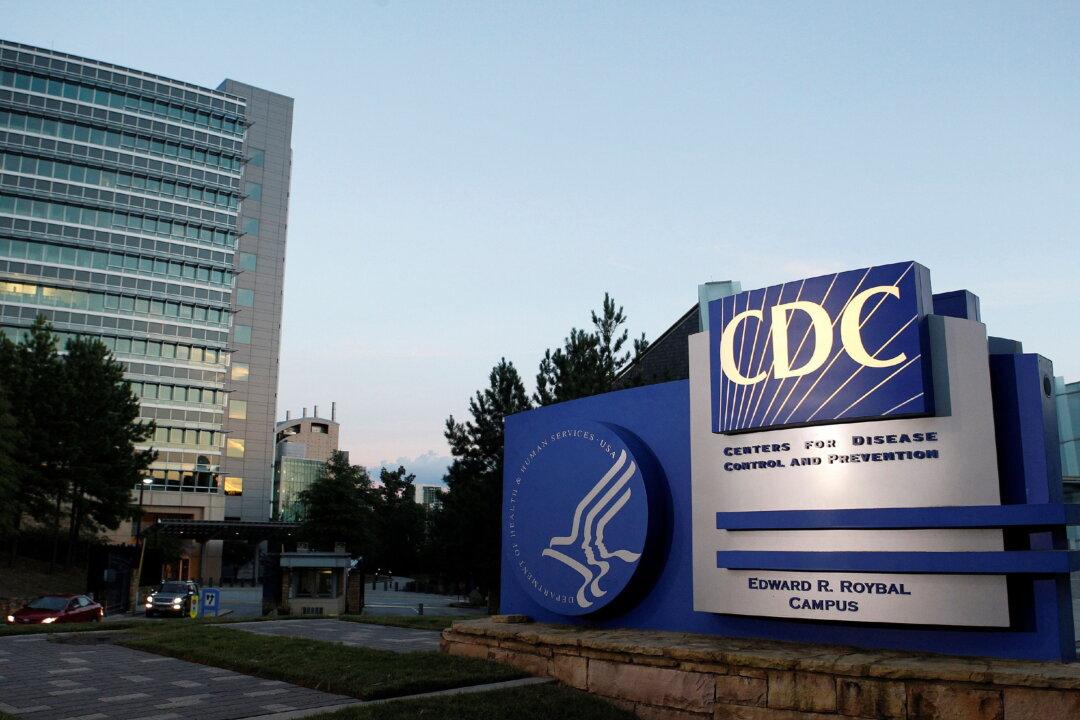The Centers for Disease Control and Prevention (CDC) will no longer recommend its first generation PCR diagnosis test to detect the CCP virus, saying that it will withdraw the test’s emergency use authorization (EUA), and instead encourage labs to use newer FDA-authorized multiplex assay that can detect and differentiate both the virus and the flu.
“Given the availability of commercial options, CDC intends to discontinue support for the CDC 2019 Novel Coronavirus (2019 nCoV) Real-Time RT-PCR Diagnostic Panel, the assay first introduced in February 2020 for detection of SARS-CoV-2,” Jasmine Reed, public affairs specialist at the CDC, told The Epoch Times via email.






